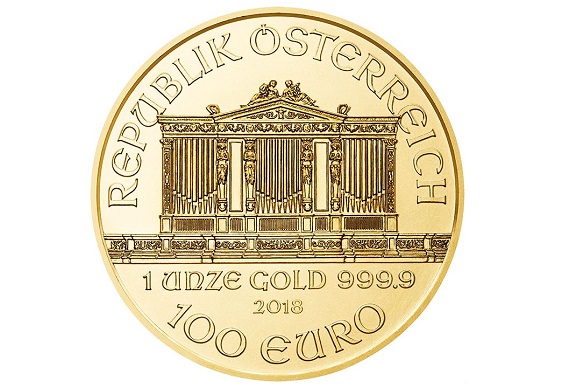Inside the Austrian Mint

The Austrian Mint is one of the premier manufacturers of Gold bullion coins in Europe, but its origins lie in an English monarch. Returning from the Crusades in 1194, Richard the Lionheart was captured and imprisoned by Duke Leopold V of Austria. The English king bought his freedom by paying 12 tonnes of silver to the Austrian duke.
Duke Leopold decided to strike coins from his booty and in so doing set in motion the minting history of Vienna. In a similar manner to the UK Royal Mint, the Austrian mint moved location through a number of Hapsburg royal palaces, before it settled at its current address at its magnificent home in Heumarkt, central Vienna, in the first half of the 19th century.
The Austrian Mint - a long history of coin making
The mint continues to strike coins at the site to this day. In 1989 its name was officially changed to the Austrian Mint (from the Vienna Mint) and it became a subsidiary of the Austrian National Bank. As well as gold coins and investment grade metals, until 2002 it was responsible for minting the coins of the Austrian schilling; since then it has been responsible for producing the Austrian euro coins.
As well as making a number of gold bars, the Austrian Mint is best known for two coins, The Austrian Philharmonic and the Austrian Four Ducat.
What is the Austrian Philharmonic coin?
The Austrian Philharmonic coin is intended to symbolise Austria. The design chosen for this coin with a 100 Euro face value was the world-famous Vienna Philharmonic Orchestra.
Designed by Thomas Pesendorfer, the Austrian Mint’s chief engraver, the reverse side features four violins either side of a cello in the foreground and the Viennese horn, the bassoon and the harp behind. The obverse side features the famous pipe organ from the Goldener Saal of the Viennese Musikverein, recognised as the backdrop to the Philharmonic’s New Year Day concerts that are broadcast internationally by Eurovision and the ORF.
What is the Austrian Four Ducat coin?
The Austrian Four Ducat coins are essentially re-issues of a classic trade coin that was once legal tender in Austria. Originating in medieval Italy, the Ducat was first struck in Austria in the early 16th century. They lost their status as legal tender in 1857, however, the quality and reliability of the coins saw both 1 and 4 ducat pieces used as trade coins until 1915.
They are periodically reissued and always prove to be a popular issue amongst customers of thegoldbullion.co.uk.















